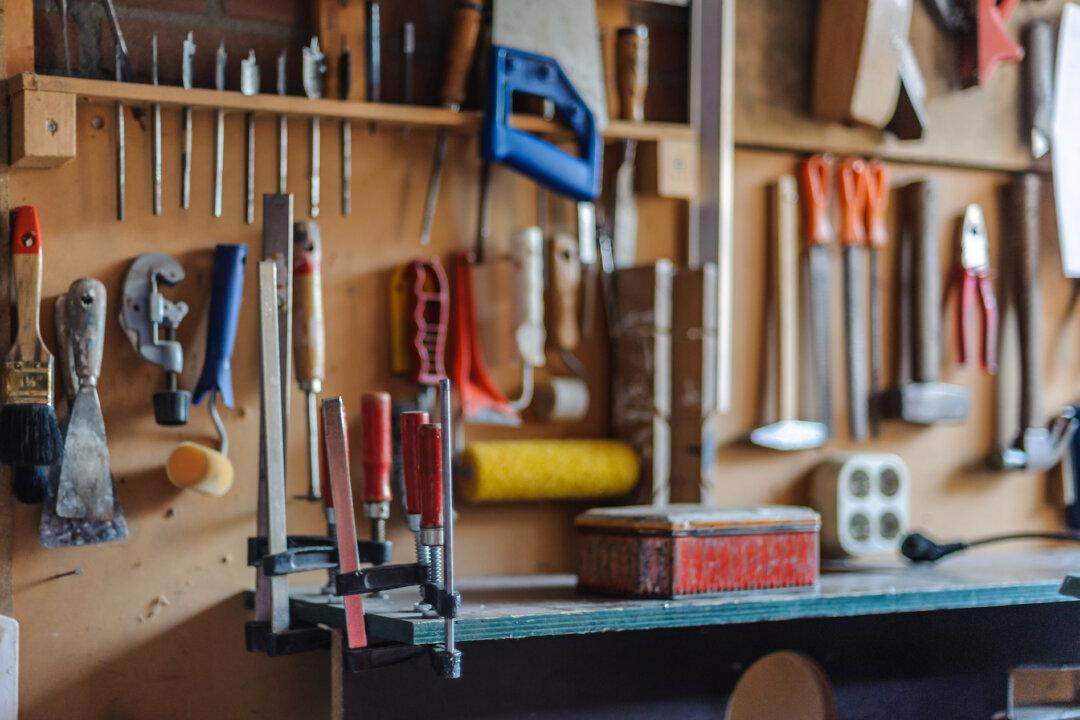The typical garage can easily become a jungle of tools, garden implements, sports equipment, and holiday décor. It’s time to tidy up.
The first step to cleaning up the garage is to take inventory. In an ideal world, the entire garage would be cleaned out, sorted, and put back together. If this can be done, consider cleaning and repainting the floor and walls before moving everything back in, or laying down a durable, snap-together, interlocking polypropylene tile garage floor for aesthetics and comfort underfoot.





